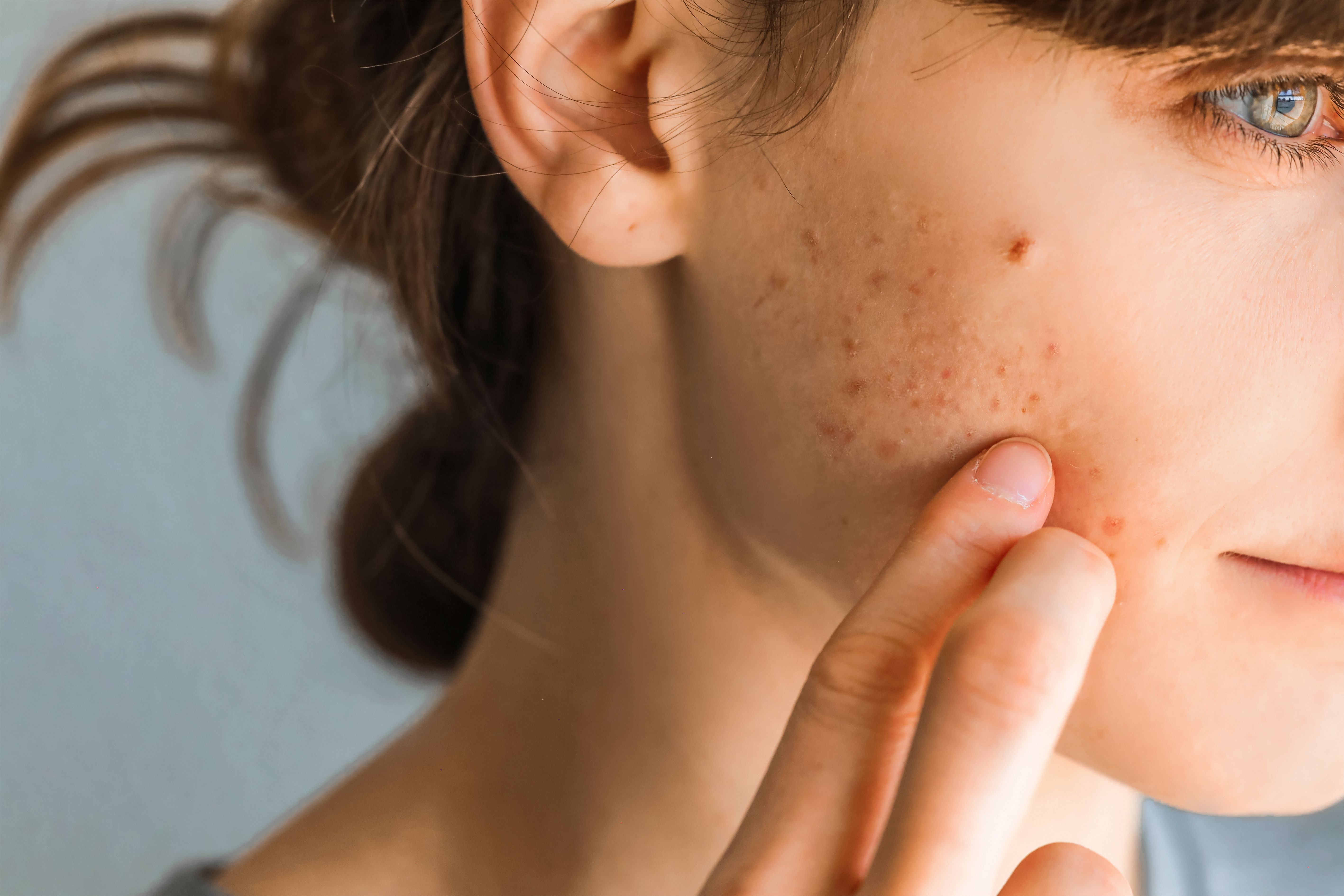- Acne
- Actinic Keratosis
- Aesthetics
- Alopecia
- Atopic Dermatitis
- Buy-and-Bill
- COVID-19
- Case-Based Roundtable
- Chronic Hand Eczema
- Chronic Spontaneous Urticaria
- Drug Watch
- Eczema
- General Dermatology
- Hidradenitis Suppurativa
- Melasma
- NP and PA
- Pediatric Dermatology
- Pigmentary Disorders
- Practice Management
- Precision Medicine and Biologics
- Prurigo Nodularis
- Psoriasis
- Psoriatic Arthritis
- Rare Disease
- Rosacea
- Skin Cancer
- Vitiligo
- Wound Care
News
Article
Unraveling Type 2 Inflammation in Skin Diseases
Author(s):
Key Takeaways
- Type 2 inflammation, driven by cytokines like IL-4, IL-5, IL-13, and IL-31, underlies chronic skin diseases such as AD, PN, and CSU.
- This immune response leads to persistent inflammation, pruritus, and epidermal barrier dysfunction, impacting disease progression and patient quality of life.
Targeting type 2 cytokines with monoclonal antibodies has revolutionized treatment for inflammatory skin diseases, reducing symptoms and improving quality of life.
Type 2 inflammation is an immune-mediated response associated with a variety of chronic inflammatory diseases, including atopic dermatitis (AD), prurigo nodularis (PN), and chronic spontaneous urticaria (CSU). These conditions, despite their clinical diversity, share common immunological pathways driven by type 2 cytokines such as interleukin (IL)-4, IL-5, IL-13, and IL-31. Recent research examined the mechanisms of type 2 inflammation, its impact on skin diseases, and the therapeutic approaches targeting this immune pathway.1
Background
Chronic inflammatory skin diseases are increasingly recognized as disorders driven by immune dysregulation. Type 2 inflammation, a distinct immune response evolved for defense against parasites and environmental insults, plays a crucial role in diseases such as AD, PN, and CSU. This immune response involves a cascade of cytokines and immune cells, leading to persistent inflammation, pruritus, and epidermal barrier dysfunction. Understanding these mechanisms provides insights into disease pathogenesis and facilitates the development of targeted therapies.
Pathophysiology of Type 2 Inflammation
Type 2 inflammation is primarily mediated by Th2 cells, group 2 innate lymphoid cells (ILC2s), mast cells, eosinophils, and basophils. Key cytokines, including IL-4, IL-5, and IL-13, orchestrate the inflammatory process by:
- Inducing IgE production and mast cell activation
- Promoting eosinophil recruitment and survival
- Disrupting epithelial barriers through keratinocyte dysfunction
- Sensitizing cutaneous neurons, leading to chronic pruritus
IL-31, a pivotal pruritogenic cytokine, interacts with sensory neurons to intensify itch perception. These cytokines collectively contribute to chronic skin inflammation and disease progression.2
Clinical Implications in Dermatologic Diseases
Atopic Dermatitis (AD)
AD is a prevalent chronic skin condition characterized by eczematous lesions and intense pruritus. According to the review, type 2 inflammation drives the disruption of the skin barrier by impairing the production of structural proteins like filaggrin. This results in increased susceptibility to allergens and microbial colonization, further exacerbating inflammation. IL-4 and IL-13 play a central role in disease pathogenesis by downregulating antimicrobial peptides and promoting immune cell infiltration.
Prurigo Nodularis (PN)
PN is marked by intensely itchy nodules, often resulting from chronic scratching. Type 2 cytokines such as IL-4, IL-13, and IL-31 drive the neural sensitization and fibrosis seen in PN lesions. The review stated the cycle of itching and scratching perpetuates disease severity, leading to significant impairment in quality of life.
Chronic Spontaneous Urticaria (CSU)
CSU is an inflammatory condition characterized by spontaneous hives and angioedema lasting more than 6 weeks. While the pathogenesis is not entirely understood, the review stated the mast cell degranulation mediated by type 2 cytokines plays a crucial role. IL-4 and IL-13 contribute to immune dysregulation by enhancing mast cell activity and IgE-mediated autoimmunity. The involvement of IL-31 in itch perception is also a key aspect of CSU pathophysiology.
Therapeutic Approaches
Advances in understanding type 2 inflammation have led to the development of biologic therapies targeting its key cytokines. Monoclonal antibodies such as dupilumab (anti-IL-4Rα), tralokinumab (anti-IL-13), and omalizumab (anti-IgE) have shown efficacy in mitigating inflammation and reducing symptom burden in AD, PN, and CSU. Novel approaches targeting IL-31 and other pruritogenic pathways are currently under investigation to further refine treatment options.
Conclusion
The review found that type 2 inflammation is a fundamental driver of multiple chronic dermatologic diseases, contributing to immune dysregulation, barrier dysfunction, and persistent pruritus. By elucidating its mechanisms, researchers and clinicians can develop targeted therapies that offer improved disease management and patient outcomes. Researchers suggested future research should continue exploring shared inflammatory pathways to refine therapeutic interventions and expand treatment options for affected individuals.
References
- Chovatiya R, Hawkes JE, DiRuggiero D, Pansch LA, Simcox E and Gonzalez T. Type 2 inflammation and its role in dermatologic diseases. Int J Dermatol. 2025. doi:10.1111/ijd.17707
- Gandhi NA, Bennett BL, Graham NM, Pirozzi G, Stahl N, Yancopoulos GD. Targeting key proximal drivers of type 2 inflammation in disease. Nat Rev Drug Discov. 2016;15(1):35-50. doi:10.1038/nrd4624
Newsletter
Like what you’re reading? Subscribe to Dermatology Times for weekly updates on therapies, innovations, and real-world practice tips.












